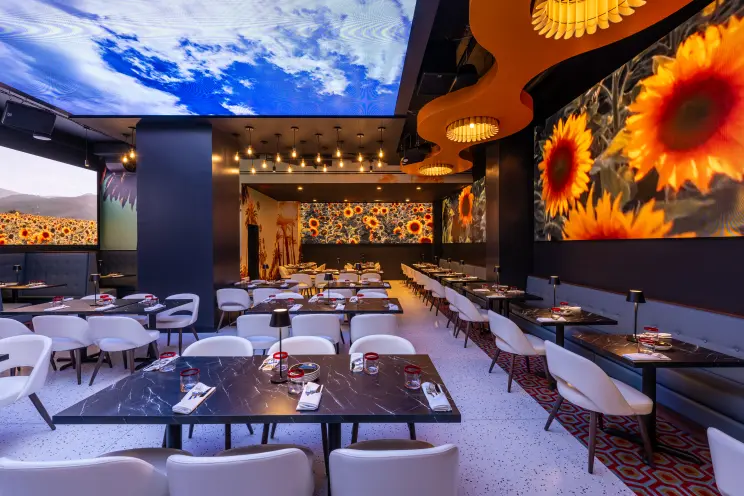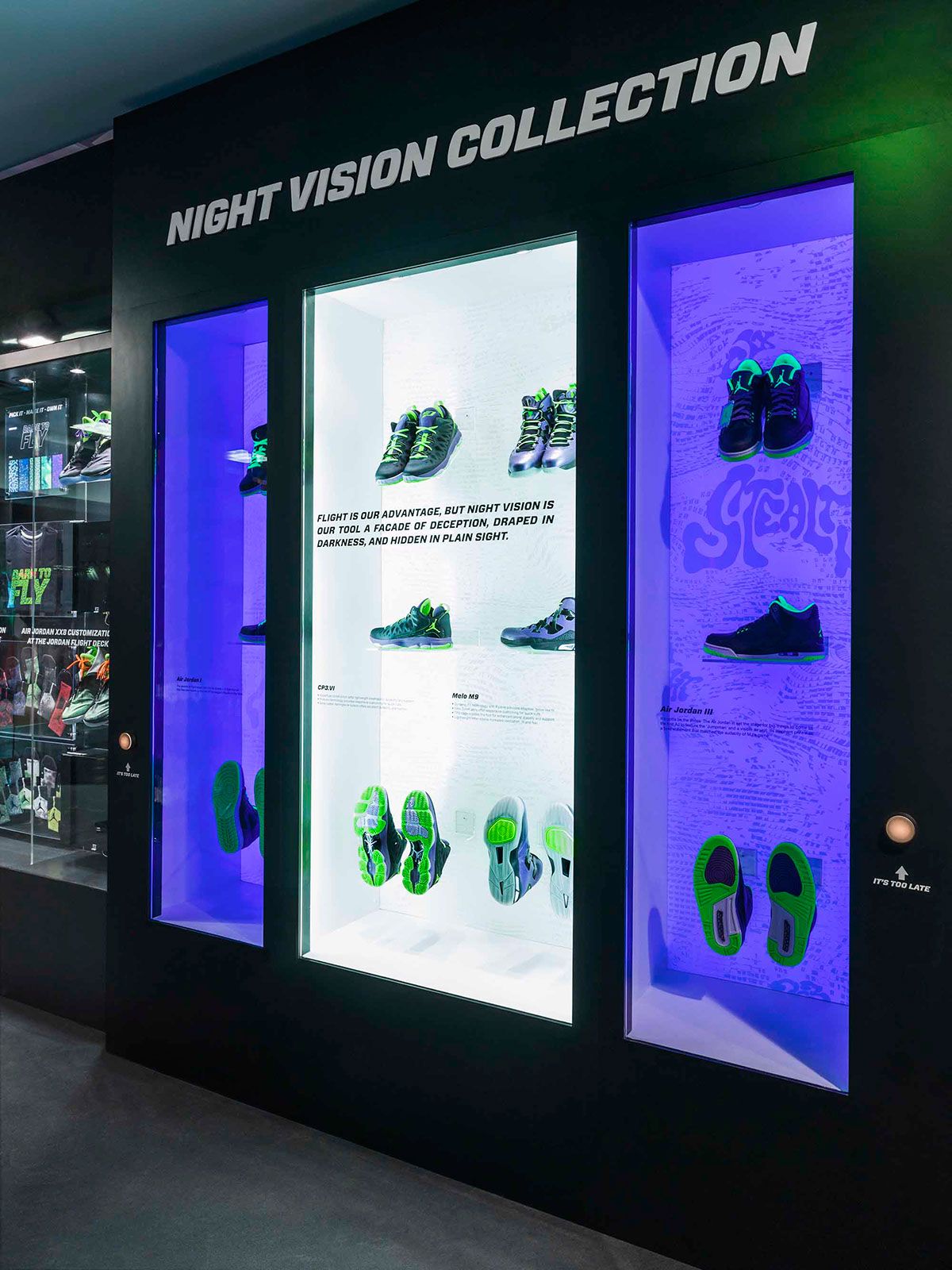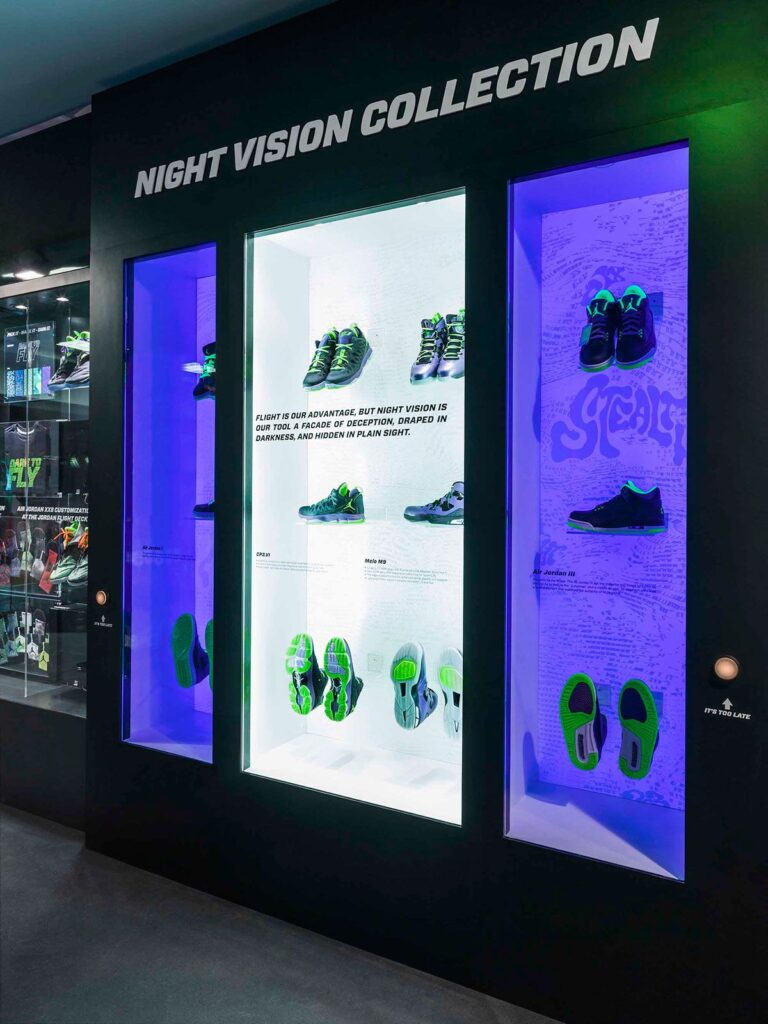

Retail presentation matters more than ever. The way you display your brand, products, and promotions directly impacts foot traffic and sales. One of the most effective tools today? The visual merchandising LED screen.
This is not just a flashy piece of tech—it’s a smart, flexible, and modern way to bring your merchandising strategy to life.
Let’s break down what a visual merchandising LED screen is, how it works, and why stores are turning to this display solution to level up their retail spaces.

A visual merchandising LED screen is a digital display—typically lightweight, slim, and bright—that presents dynamic content such as product videos, seasonal promotions, branding messages, or live feeds directly inside your retail environment.
These aren’t bulky TVs or static lightboxes. Many of them use transparent LED display technology, making them ideal for shop windows, shelves, or even hanging in open spaces. The content is fully customizable, making it easy to update based on your merchandising calendar or inventory shifts.
It’s merchandising with motion—and it’s far more engaging than posters or print signage.
Modern shoppers are used to screens. They’re drawn to movement, light, and digital content. A visual merchandising LED screen captures attention far better than traditional signage.
Here’s what it offers:
And when paired with good merchandising strategy—product placement, lighting, and layout—it becomes a powerful sales tool.

Most visual merchandising LED screens use modular panels or strips that can be custom-fit to your space. Some are transparent, allowing visibility behind the screen (ideal for windows), while others are full-panel displays for wall-mounted or freestanding units.
The content is usually controlled via a simple media player or content management system. You can schedule campaigns, rotate messages, or tie the display into your digital marketing strategy.
The visual merchandising LED screen is extremely versatile. It works in nearly every kind of retail space:
If you’re already investing time and money in product displays, this is a high-impact way to enhance them.

Some of the most advanced visual merchandising LED screens are transparent LED displays. These can be placed on glass, offering a “floating” effect for your visuals while still letting customers see into the store.
These are perfect for:
They’re light, low-profile, and designed for energy efficiency. That means you can run content all day without draining your power budget.
Before jumping in, here’s what to consider when installing a visual merchandising LED screen:
A good visual merchandising LED screen will be energy-efficient and low-maintenance. Most LED screens today use less energy than older signage systems and are built for long life—even with daily use.
Many come with built-in brightness sensors or timers, so you can schedule power-down times or adjust based on store hours.
In most cases, yes. If you already spend time creating window displays or merchandising your store layout, a visual merchandising LED screen adds motion, flexibility, and a modern edge to your setup.
It’s a relatively low-effort way to make a big visual impact—and you can reuse the display over and over as campaigns change.
The visual merchandising LED screen is becoming standard in modern retail—not because it looks cool, but because it works. It draws people in, tells your brand story visually, and gives you the flexibility to adapt without reprinting or redesigning your entire display.
Whether you use a freestanding model or go with a transparent LED display in your front window, the goal is the same: make your space speak for itself—and sell more while doing it.